Best Budget Gaming Motherboards for AMD & Intel CPUs (2025 Builds)
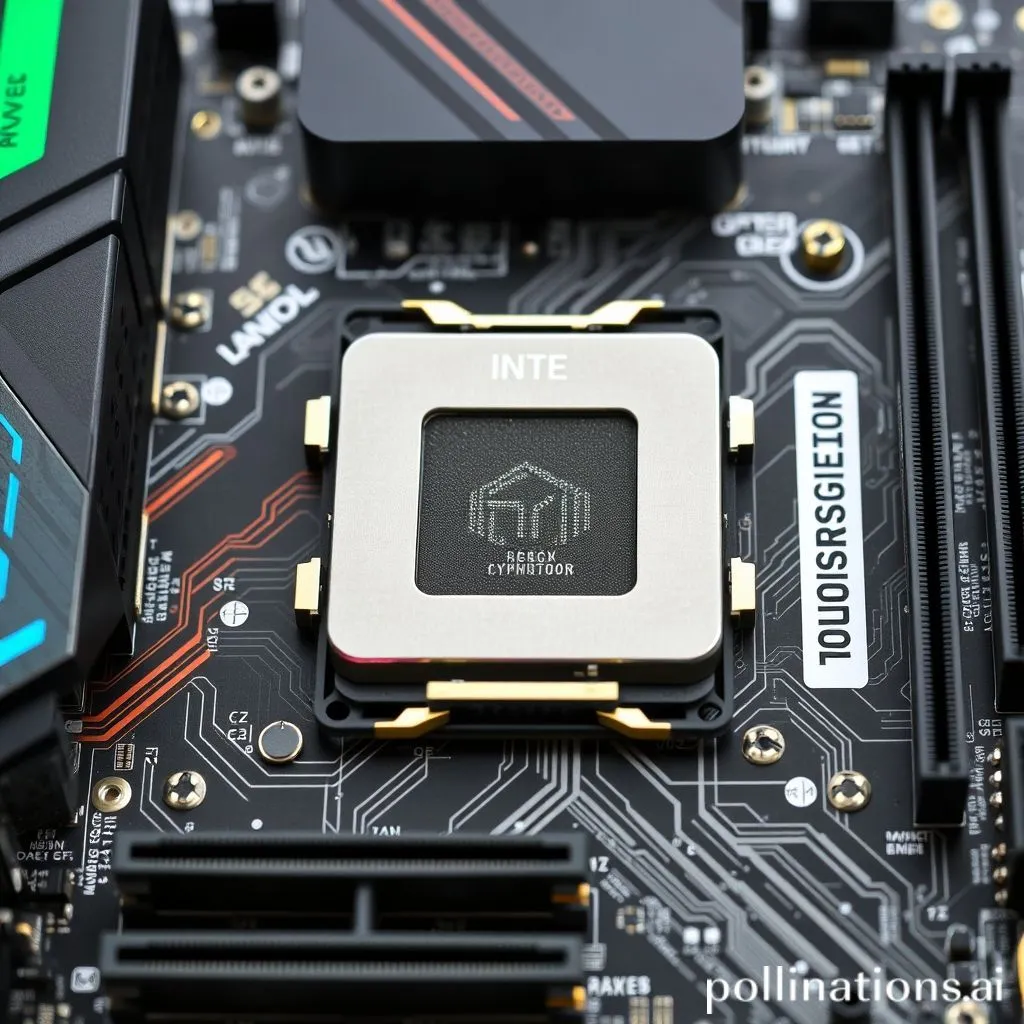
The motherboard often feels like the unsung hero of a gaming PC build. While it might not boast flashy frame rates or stunning graphics, it’s the critical foundation that connects every single component – from your powerful CPU and GPU to your lightning-fast RAM and SSDs. Choosing the right motherboard, especially on a budget, is crucial for ensuring compatibility, upgrade potential, and overall system stability.
For budget-conscious builders in 2025, finding a gaming motherboard that offers essential features without breaking the bank is entirely possible. This guide is dedicated to helping you select the best budget gaming motherboards for both AMD and Intel CPUs. We’ll delve into the key factors that make a great motherboard, review our top recommendations, and ensure you pick the perfect foundation for your affordable yet powerful gaming rig.
Why Your Motherboard is the Backbone of Your PC Build
The motherboard acts as the central nervous system of your computer, facilitating communication between all components. Its importance for gaming PCs lies in:
- Component Compatibility: It dictates which CPUs, RAM types (DDR4/DDR5), and storage devices (SATA/NVMe) your system can use.
- Connectivity: Provides all the ports and slots for your GPU (PCIe slots), SSDs (M.2 slots), USB devices, and network connections.
- Upgrade Path: Choosing a newer platform (like AMD AM5 or Intel LGA1700) might offer more future upgrade options for CPUs.
- Stability & Power Delivery: A good motherboard ensures stable power delivery to your CPU, which is vital for sustained performance during gaming.
- Overclocking Support: Some budget motherboards offer basic overclocking capabilities, allowing you to squeeze more performance out of your CPU.
Key Factors to Look For in a Budget Gaming Motherboard
When selecting a motherboard for your gaming PC under typical budget constraints, focus on these critical aspects:
1. CPU Socket & Chipset Compatibility
This is the most important factor. Your motherboard’s socket must match your CPU.
- For AMD CPUs:
- AM4: Compatible with Ryzen 1000 to 5000 series CPUs. Budget-friendly motherboards (e.g., B550 chipset) offer great value.
- AM5: Compatible with Ryzen 7000 series and newer. More expensive motherboards (e.g., B650 chipset) but offer DDR5 RAM support and a longer upgrade path.
- For Intel CPUs:
- LGA1700: Compatible with Intel 12th, 13th, and 14th Gen CPUs. Budget-friendly motherboards (e.g., B760 chipset) are common.
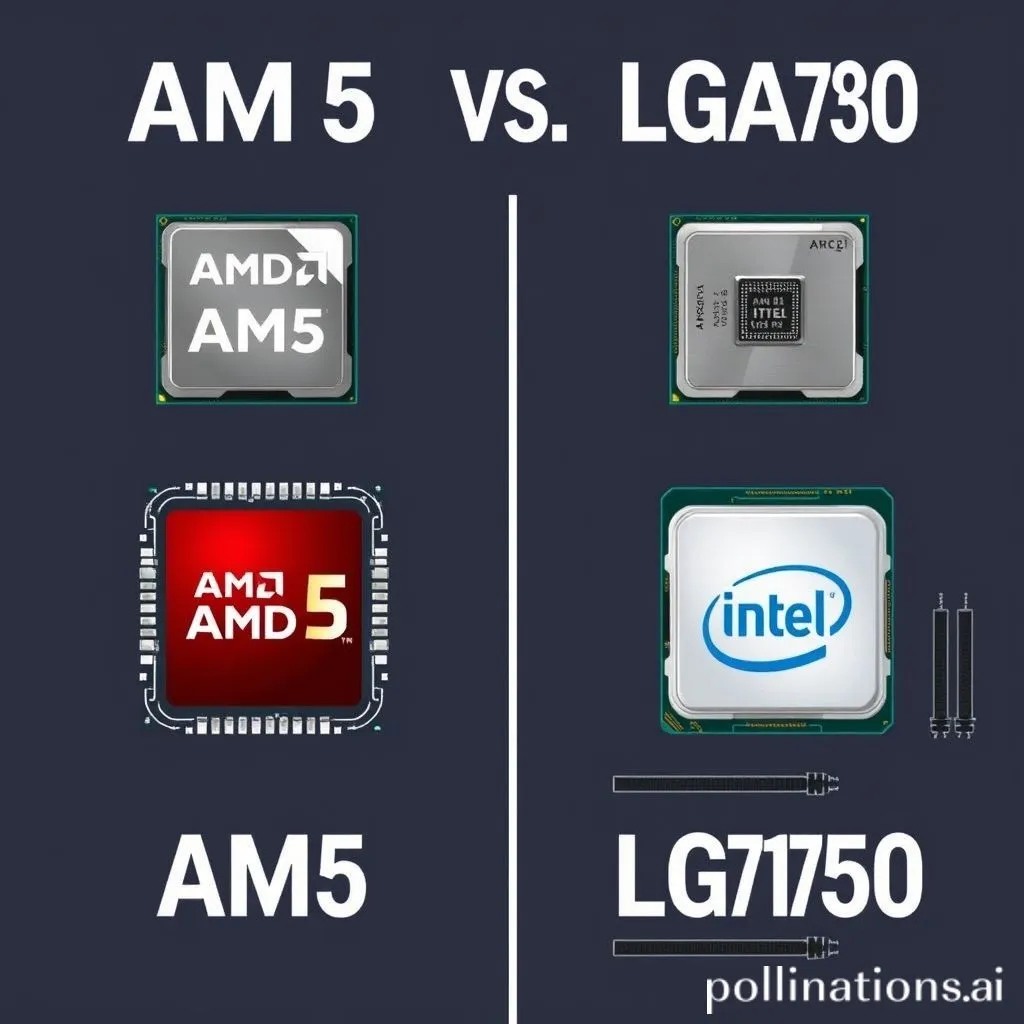
2. RAM Support (DDR4 vs. DDR5)
- DDR4: More affordable and still excellent for gaming. Common with AM4 and some older/budget LGA1700 boards.
- DDR5: Newer, faster, but more expensive. Essential for AM5 platform and most newer Intel builds. Ensure the motherboard supports the RAM speed you plan to use (e.g., 3200MHz DDR4, 6000MHz DDR5).
3. PCIe Slots for GPU
Ensure the motherboard has at least one PCIe 4.0 x16 slot for your graphics card. This provides sufficient bandwidth for modern GPUs. Budget boards might have PCIe 3.0, which is still generally fine for most budget GPUs but 4.0 is preferred.
4. M.2 Slots for NVMe SSDs
Look for at least one (preferably two) M.2 slots for NVMe SSDs. Ensure at least one of these slots supports PCIe Gen4 for your primary fast storage drive.
5. VRM (Voltage Regulator Module) & Power Delivery
A decent VRM is crucial for stable power delivery to the CPU, especially important if you plan to use a higher-tier CPU in the future or do any mild overclocking. For budget builds, a 6+2 or 8+2 phase VRM is usually adequate.
6. Rear I/O (Input/Output) Ports
Check for essential ports:
- USB Ports: Enough USB 3.2 (Gen1/Gen2) ports for peripherals.
- Networking: Gigabit Ethernet (or Wi-Fi if needed).
- Audio Jacks: Standard audio outputs.
- Video Outputs: If your CPU has integrated graphics (not “F” series Intel or most AMD Ryzen without “G” in name).
7. Form Factor
Most budget gaming builds use ATX or Micro-ATX motherboards.
- ATX: Standard size, more slots/features, but needs a larger case.
- Micro-ATX: Smaller, fewer slots, but good for compact builds.
Our Top Picks: Best Budget Gaming Motherboards (AMD & Intel 2025)
Here are our top recommendations for affordable gaming motherboards that offer excellent value and features for your next PC build in 2025:
For AMD AM4 CPUs (Ryzen 3000/5000 series):
1. MSI B550M PRO-VDH WIFI (Best Budget AM4 All-Rounder)
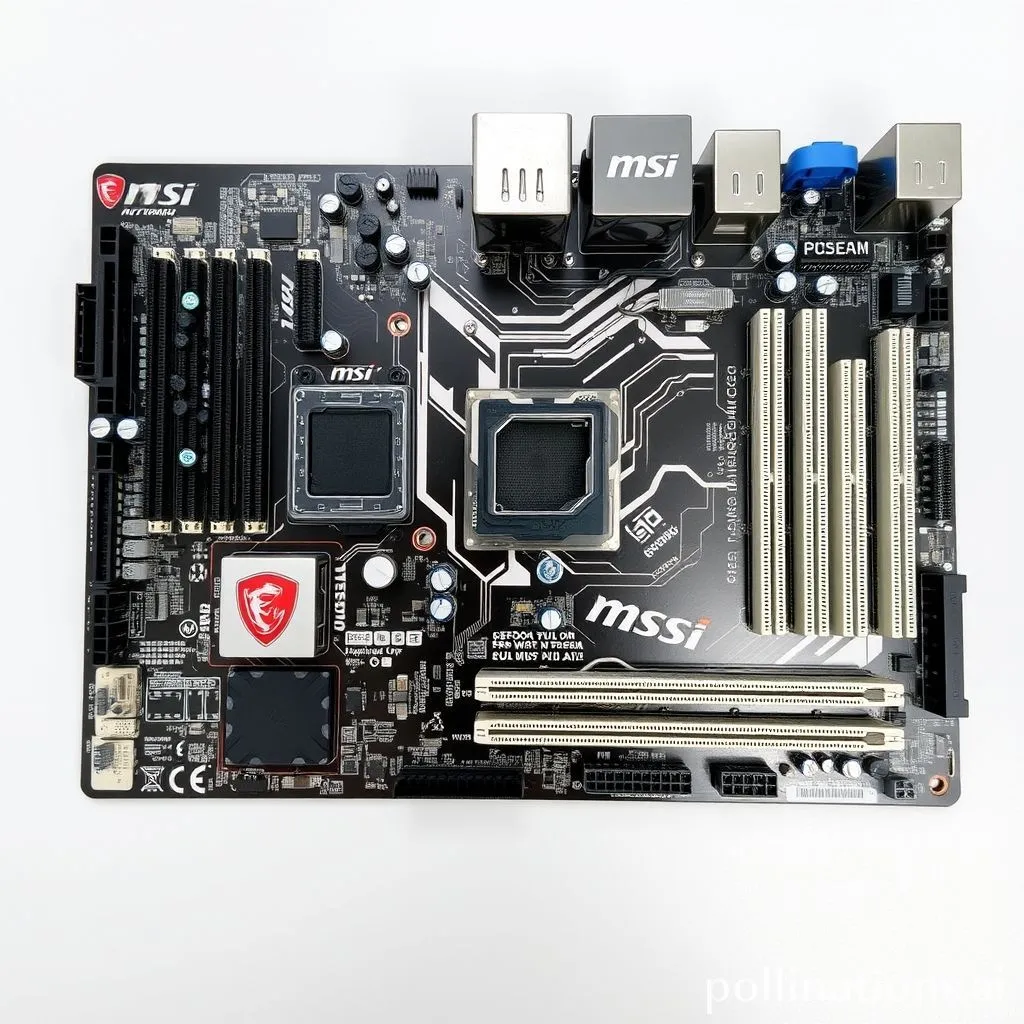
The MSI B550M PRO-VDH WIFI is an incredibly popular and well-regarded Micro-ATX motherboard for AMD’s AM4 platform. It offers an excellent feature set for its price, including PCIe 4.0 support for the GPU and one M.2 slot, decent VRMs for mid-range Ryzen CPUs (like the 5600), and integrated Wi-Fi and Bluetooth. It’s a reliable and feature-rich choice for budget and mid-range AM4 builds.
- Pros:
- PCIe 4.0 support for GPU and primary M.2 slot
- Integrated Wi-Fi and Bluetooth
- Good VRM for mid-range Ryzen CPUs
- Great value for money
- Micro-ATX form factor for compact builds
- Cons:
- Only one PCIe 4.0 M.2 slot
- Limited RGB headers
For Intel LGA1700 CPUs (12th/13th/14th Gen):
2. ASUS Prime B760M-A WIFI (Solid Budget Intel Choice)
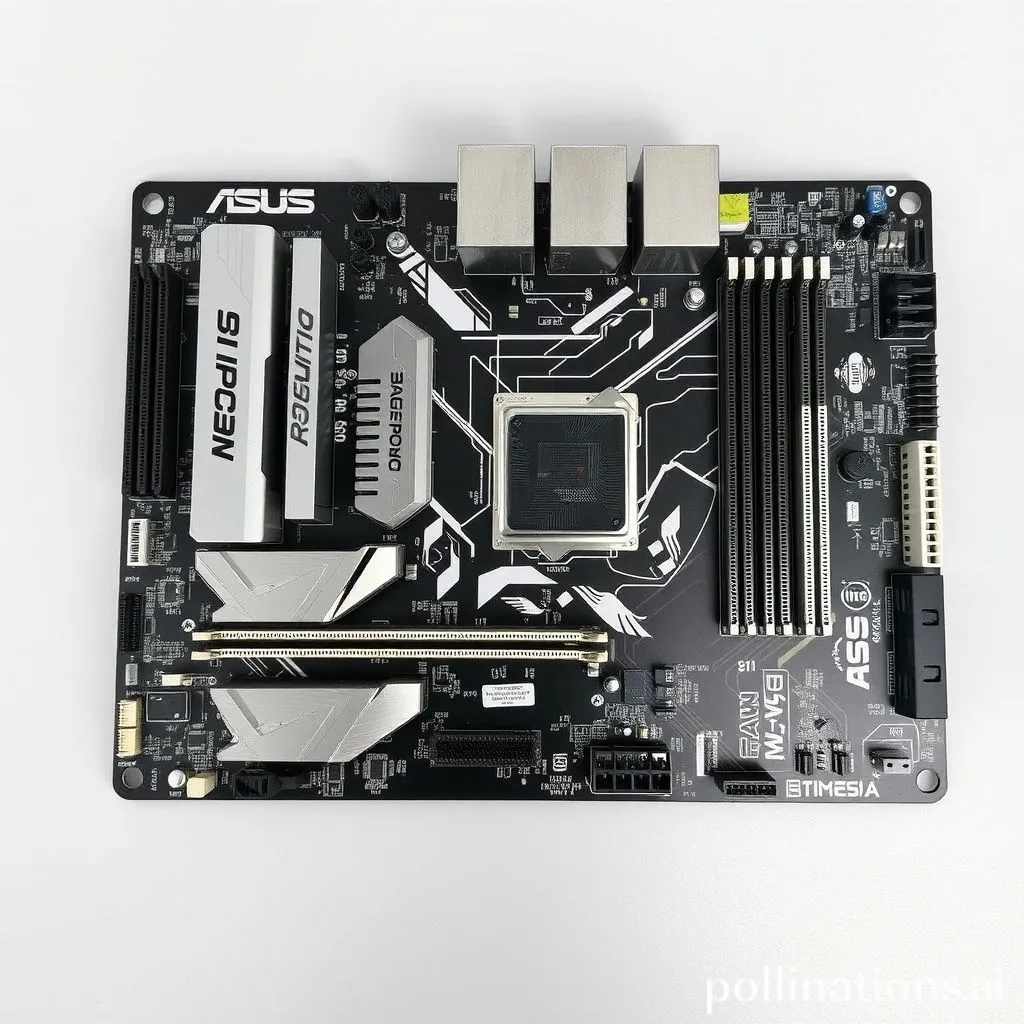
For Intel 12th, 13th, and 14th Gen CPUs, the ASUS Prime B760M-A WIFI is a strong budget-friendly Micro-ATX option. It supports DDR4 RAM (keeping overall build cost down) and offers PCIe 4.0 for the GPU and two M.2 slots (both PCIe 4.0). Its solid VRM design can handle even a Core i5-13600K (though not for heavy overclocking) and it includes integrated Wi-Fi. It’s a versatile choice for a responsive and affordable Intel build.
- Pros:
- Supports DDR4 RAM (cost-effective)
- PCIe 4.0 for GPU and dual M.2 slots
- Integrated Wi-Fi
- Good VRM for non-K or mild OC CPUs
- Reliable ASUS build quality
- Cons:
- No CPU overclocking on B-series chipset
- Fewer high-end features compared to Z-series
For AMD AM5 CPUs (Ryzen 7000 Series+):
3. Gigabyte B650M DS3H (Entry-Level AM5 Value)
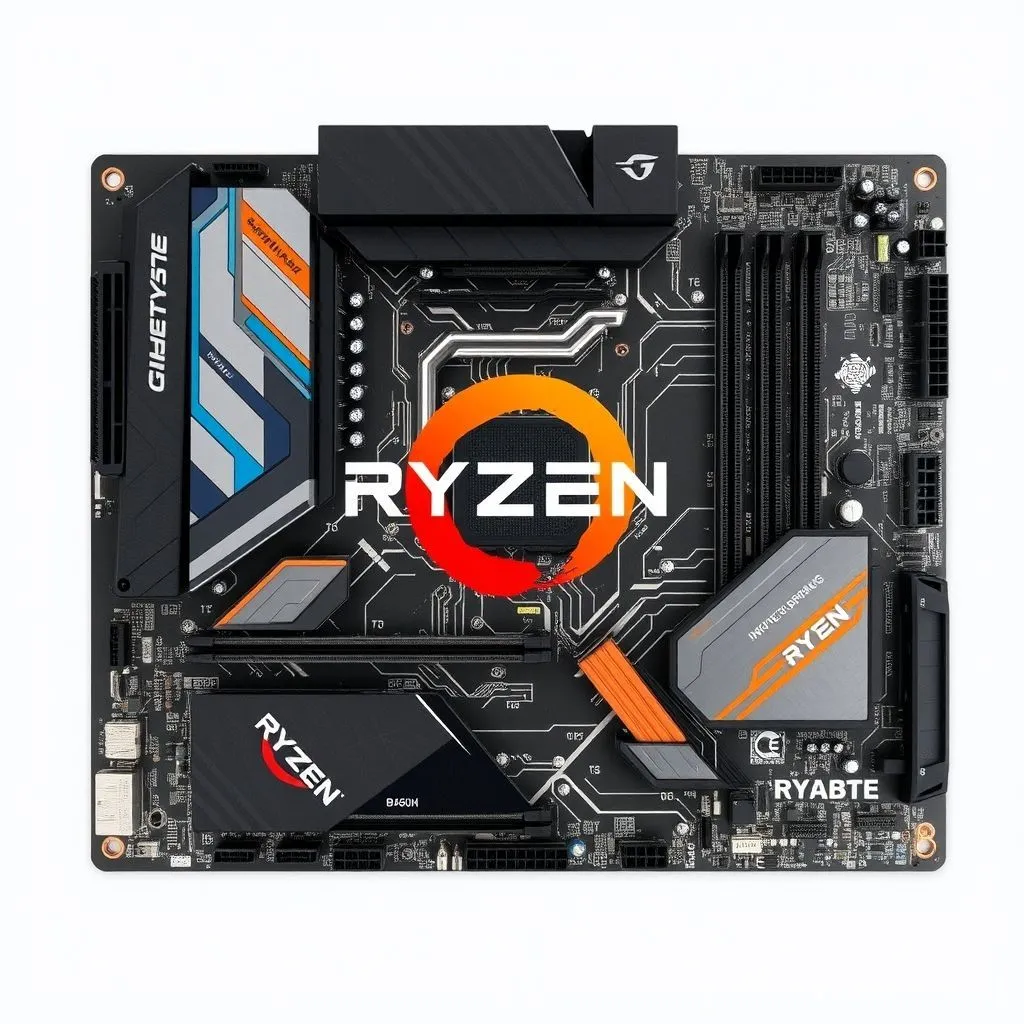
If you’re building with a newer AMD Ryzen 7000 series CPU and want to step into the AM5 platform with DDR5 RAM, the Gigabyte B650M DS3H is one of the most affordable entry points. It offers PCIe 4.0 support, DDR5 RAM slots, and two PCIe Gen4 M.2 slots. While it’s a basic board, it provides the essential features and stable power delivery needed for mid-range Ryzen 7000 CPUs, making it a solid choice for a forward-looking budget build.
- Pros:
- Affordable entry to AM5 platform and DDR5 RAM
- PCIe 4.0 support for GPU and M.2 SSDs
- Solid VRM for mid-range Ryzen 7000 CPUs
- Future-proof socket for new AMD CPUs
- Cons:
- Basic feature set compared to more expensive B650 boards
- DDR5 RAM is still more expensive than DDR4
How We Selected These Budget Gaming Motherboards
Our selection process for the best budget gaming motherboards focused on delivering essential features and stable performance without exceeding the budget. We prioritized motherboards that offer:
- Correct CPU socket compatibility (AM4, LGA1700, AM5)
- PCIe 4.0 support for the GPU and at least one NVMe M.2 slot
- Sufficient RAM speed support (DDR4 or DDR5)
- Reliable power delivery (VRM) for mid-range CPUs. We also considered connectivity options, build quality, and positive user feedback to ensure our recommendations provide the best value for your gaming PC build.
Tips for Installing and Optimizing Your Gaming Motherboard
Installing your motherboard correctly is crucial for your PC build:
- Static Precautions: Always handle the motherboard and components on an anti-static mat or grounded surface to avoid static discharge damage.
- Install CPU First: It’s easiest to install the CPU into the socket while the motherboard is outside the PC case.
- Install RAM & NVMe SSDs: Before putting the motherboard into the case, install your RAM sticks and NVMe SSDs into their respective slots.
- Connect Front Panel Headers Carefully: The tiny front panel headers (power button, reset, USB, audio) can be tricky. Refer to your motherboard manual for correct connections.
- Check PSU Connections: Ensure all necessary power cables from the PSU (24-pin ATX, 8-pin CPU, PCIe for GPU) are firmly connected to the motherboard and components.
- BIOS Update (If Needed): For new CPUs on older motherboards (e.g., Ryzen 5000 on some B450/X470 boards), you might need a BIOS update. Check compatibility first.
- Install Chipset Drivers: After OS installation, download and install the latest chipset drivers from your motherboard manufacturer’s website.
Conclusion
The motherboard is the silent but critical foundation of any gaming PC. Choosing the right budget gaming motherboard in 2025 ensures component compatibility, stable performance, and potential for future upgrades, all without overspending. Whether you’re building with an AMD or Intel CPU, excellent and affordable options are available to serve as the backbone of your mid-range gaming rig.
By prioritizing correct socket and chipset, sufficient PCIe and M.2 slots, and reliable power delivery, you can confidently select a motherboard that provides incredible value and brings your gaming PC to life. Get ready to build your dream machine! What’s your top priority when choosing a budget motherboard? Share your thoughts in the comments below!